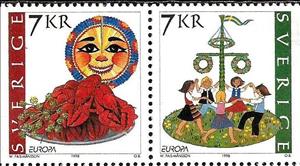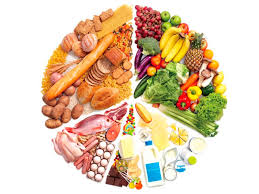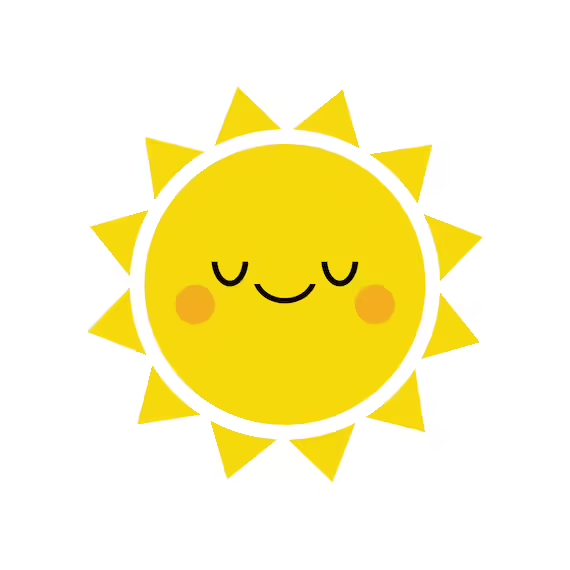Se-tenant: Europa (C.E.P.T.) 1998 - Feasts and Festivals (Sweden 1998)
Europa (C.E.P.T.) 1998 - Feasts and Festivals (Sweden 1998)
14 May (Sweden ) within release Europa (C.E.P.T.) 1998 - Feasts and Festivals goes into circulation Se-tenant Europa (C.E.P.T.) 1998 - Feasts and Festivals face value 14 Swedish krona
| Se-tenant Europa (C.E.P.T.) 1998 - Feasts and Festivals in catalogues | |
|---|---|
| Michel: | Mi: SE 2058Dl-2059Dr |
| Stamp Number: | Sn: SE 2290-2291 |
Se-tenant is square format.
perforation on 3 sidesAlso in the issue Europa (C.E.P.T.) 1998 - Feasts and Festivals:
- Se-tenant - Europa (C.E.P.T.) 1998 - Feasts and Festivals face value 14;
- Se-tenant - Europa (C.E.P.T.) 1998 - Feasts and Festivals face value 14;
- Stamp - C.E.P.T.- National holidays face value 7;
- Stamp - C.E.P.T.- National holidays face value 7;
Se-tenant Europa (C.E.P.T.) 1998 - Feasts and Festivals it reflects the thematic directions:
Dance is an art form, often classified as a sport, consisting of sequences of body movements with aesthetic and often symbolic value, either improvised or purposefully selected. Dance can be categorized and described by its choreography, by its repertoire of movements or by its historical period or place of origin. Dance is typically performed with musical accompaniment, and sometimes with the dancer simultaneously using a musical instrument themselves.
A festival is an event celebrated by a community and centering on some characteristic aspect or aspects of that community and its religion or cultures. It is often marked as a local or national holiday, mela, or eid. A festival constitutes typical cases of glocalization, as well as the high culture-low culture interrelationship. Next to religion and folklore, a significant origin is agricultural. Food is such a vital resource that many festivals are associated with harvest time. Religious commemoration and thanksgiving for good harvests are blended in events that take place in autumn, such as Halloween in the northern hemisphere and Easter in the southern.
A flag is a piece of fabric (most often rectangular or quadrilateral) with a distinctive design that is used as a symbol, as a signaling device, or as decoration. The term flag is also used to refer to the graphic design employed, and flags have since evolved into a general tool for rudimentary signalling and identification, especially in environments where communication is similarly challenging (such as the maritime environment where semaphore is used). National flags are patriotic symbols with varied wide-ranging interpretations, often including strong military associations due to their original and ongoing military uses. Flags are also used in messaging, advertising, or for other decorative purposes. The study of flags is known as vexillology, from the Latin word vexillum, meaning flag or banner.
Food is any substance consumed by an organism for nutritional support. Food is usually of plant, animal, or fungal origin and contains essential nutrients such as carbohydrates, fats, proteins, vitamins, or minerals. The substance is ingested by an organism and assimilated by the organism's cells to provide energy, maintain life, or stimulate growth. Different species of animals have different feeding behaviours that satisfy the needs of their metabolisms and have evolved to fill a specific ecological niche within specific geographical contexts.
The Sun, also known as Sol, is a star at the center of the solar system. It is a white star that gives off different types of energy such as infrared energy (heat), ultraviolet light, radio waves and light. It also gives off a stream of particles, which reaches Earth as "solar wind". The source of all this energy is nuclear fusion. Nuclear fusion is the reaction in the star which turns hydrogen into helium and makes huge amounts of energy. It is a nearly perfect ball of hot plasma.




